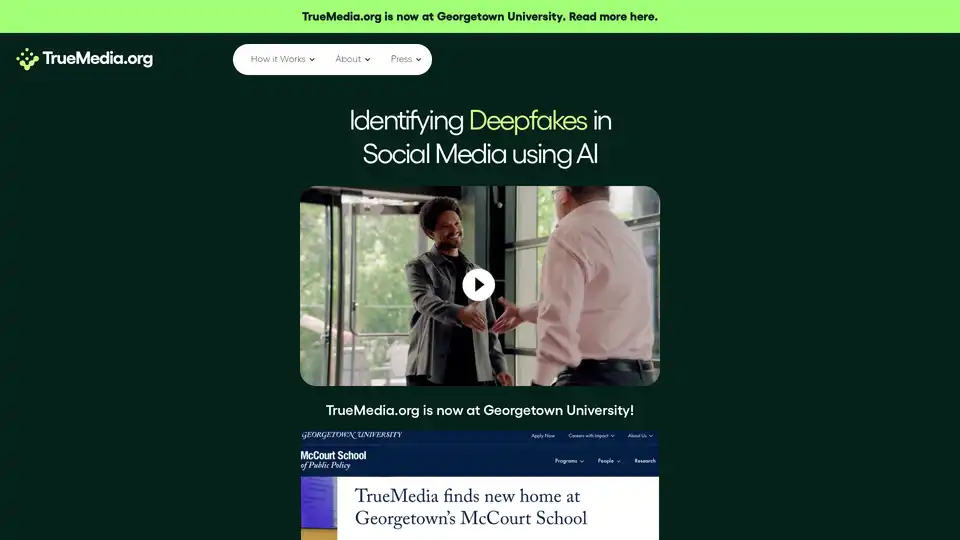
TrueMedia.org
Overview of TrueMedia.org
What is TrueMedia.org?
TrueMedia.org stands as a vital non-profit, non-partisan initiative dedicated to combating the rising tide of deepfakes in social media. Originally developed to safeguard electoral integrity, this AI-powered tool now operates under the auspices of Georgetown University. It empowers users worldwide—ranging from journalists and policymakers to researchers and everyday citizens—to swiftly identify manipulated videos, audio, and images that could sway public opinion or undermine trust in information ecosystems. By aggregating cutting-edge detection models, TrueMedia.org achieves approximately 90% accuracy, making it an essential resource in an era where deepfakes proliferate at alarming rates.
Launched with a focus on political content, the platform addresses the explosive growth of synthetic media. According to Sumsub Research 2023, deepfake incidents surged 10x globally year-over-year, with a staggering 1740% increase in North America alone. Over 500,000 video and voice deepfakes flooded social media in 2023, highlighting the urgent need for tools like this. TrueMedia.org isn't just reactive; it's proactive, relaunching in Fall 2025 with enhanced models to cover broader information modes beyond politics.
How Does TrueMedia.org Work?
At its core, TrueMedia.org leverages advanced machine learning algorithms to scrutinize social media content for signs of manipulation. The process is straightforward yet sophisticated:
- Upload or Paste Content: Users can input videos, images, or audio clips directly from platforms like X (formerly Twitter), TikTok, Instagram, YouTube, or Facebook.
- Multi-Detector Aggregation: Instead of relying on a single AI model, the tool combines outputs from dozens of industry-leading and academic deepfake detectors. This ensemble approach refines results, reducing false positives and boosting reliability.
- Analysis and Scoring: Proprietary data scientists at TrueMedia.org maintain and update the baseline models, ensuring high precision. The system flags anomalies like unnatural facial movements, voice inconsistencies, or pixel-level alterations indicative of AI generation tools such as Midjourney or voice cloning software.
- Results Delivery: Users receive a clear verdict—real or fake—along with explanatory insights, all accessible for free without any partisan bias.
This methodology draws from ongoing research, including a paper accepted to the International Conference on Machine Learning 2024 titled "The Tug-of-War Between Deepfake Generation and Detection." It underscores the cat-and-mouse game between creators and detectors, where TrueMedia.org positions itself as a defender. The tool's non-profit status, backed by Camp.org, ensures accessibility and ethical deployment, free from commercial pressures.
For those curious about their own detection skills, TrueMedia.org offers an interactive quiz: "Can you detect a deepfake?" This educational feature tests users on real-world examples, fostering media literacy.
Key Features and Major Use Cases
TrueMedia.org excels in several areas, making it indispensable for verifying content in high-stakes environments:
- High Accuracy Detection: With a baseline of 90% and continuous improvements, it's trusted for critical applications. The aggregation of multiple detectors provides robust, evidence-based outputs.
- Focus on Political and Viral Content: It specializes in election-related deepfakes, such as fake videos of Presidents Biden and Trump as 'best friends' posted on X, or manipulated clips of Kamala Harris blaming the DNC—examples pulled from real incidents in 2023-2024.
- Broad Platform Coverage: Effective across X, TikTok, Instagram, YouTube, Facebook, Telegram, and more, addressing the global spread of fakes like the Ukrainian president's face swap on TikTok or cloned voices of Indian PM Narendra Modi.
- Educational Resources: Beyond detection, it includes research papers, press coverage (e.g., The New York Times feature on founder Oren Etzioni), and a newsletter to keep users informed.
- Team and Partnerships: Supported by a core team, Scientific Advisory Board, and partners like Georgetown University, it ensures credibility. Contact options include email, LinkedIn, and X for collaboration.
Primary Use Cases:
- Journalists and Fact-Checkers: Verify viral claims, like the fake Hurricane flooding Disney World image on Twitter or AI-generated news broadcasts from India on Facebook.
- Policymakers and Elections: Monitor threats to democracy, such as deepfakes accusing leaders of scandals (e.g., Utah Governor Cox's fake confession) or endorsements (e.g., Kennedy family for Biden).
- Researchers and Academics: Access aggregated data for studies on AI ethics and misinformation, aligning with tools for machine learning analysis.
- General Public: Spot everyday fakes, from celebrity manipulations (e.g., Taylor Swift with 'Vote Trump' cookies) to international incidents (e.g., UK police praying during riots).
In media appearances, like the NYT profile on Oren Etzioni, TrueMedia.org is praised for shifting AI optimism toward practical defenses against manipulation.
Why Choose TrueMedia.org?
In a landscape flooded with misinformation, TrueMedia.org distinguishes itself through transparency and reliability. Unlike profit-driven alternatives, its non-partisan, free model democratizes access, preventing undue influence on global discourse. The relocation to Georgetown University signals a commitment to expansion, promising integrations with emerging tech for voice and image analysis.
Users benefit from its practical value: quick scans save time, while the 90% accuracy builds confidence in results. For instance, it could debunk fakes like the AI-layered voice of Kamala Harris over real clips or manipulated Mother's Day photos speculating on health. By supporting media literacy, it empowers individuals to navigate complex ecosystems, reducing the 500,000+ deepfakes shared annually.
Compared to standalone detectors, the aggregation feature minimizes errors—crucial when a single false negative could amplify harm, as seen in election deepfakes surging 1740% in North America.
Who is TrueMedia.org For?
This tool is ideal for anyone combating digital deception:
- Professionals in Media and Policy: Needing rapid, accurate verification for reporting or decision-making.
- Educators and Researchers: Leveraging its research outputs for teaching AI ethics or studying deepfake trends.
- Global Citizens: Especially in election seasons, to protect against foreign interference, like Russian deepfakes of Obama or Ukrainian security official claims.
- Non-Profits and Activists: Aligning with its ethos to promote trustworthy information.
Regardless of technical expertise, the user-friendly interface ensures broad appeal.
Best Ways to Get Started with TrueMedia.org
- Visit the site and explore the quiz to build awareness.
- Upload suspicious content for analysis—start with recent viral posts.
- Subscribe to the newsletter for updates on the Fall 2025 relaunch.
- Engage with the team via press kit or social channels for deeper involvement.
As deepfake technology evolves, TrueMedia.org's ongoing enhancements position it as a frontrunner in AI-driven media verification. By fostering a more informed world, it not only detects fakes but also restores faith in digital content. For the latest, follow their X or LinkedIn, or read featured articles like the NYT piece on tackling election deepfakes.
Best Alternative Tools to "TrueMedia.org"
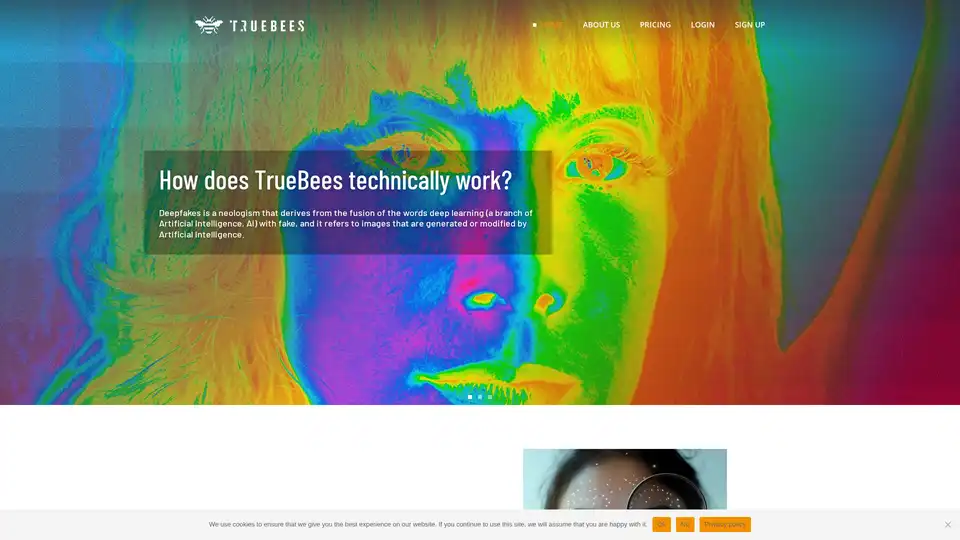
TrueBees is an AI-driven deepfake detector designed to verify the authenticity of images on social media, helping media professionals and others combat disinformation with 97.99% accuracy.
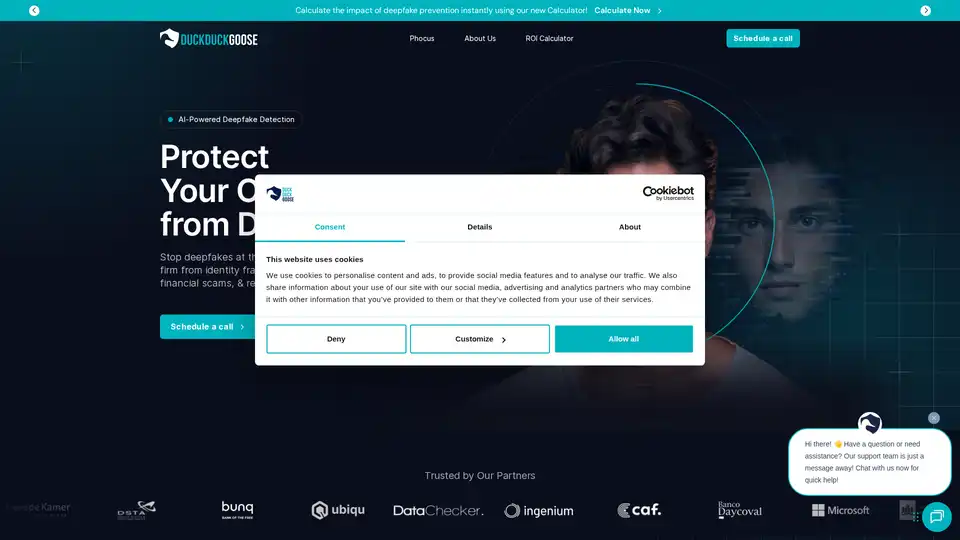
DuckDuckGoose AI offers AI-powered deepfake detection solutions, including Phocus, Waver, and DeepDetector, providing real-time protection against identity fraud and media manipulation across various media types.
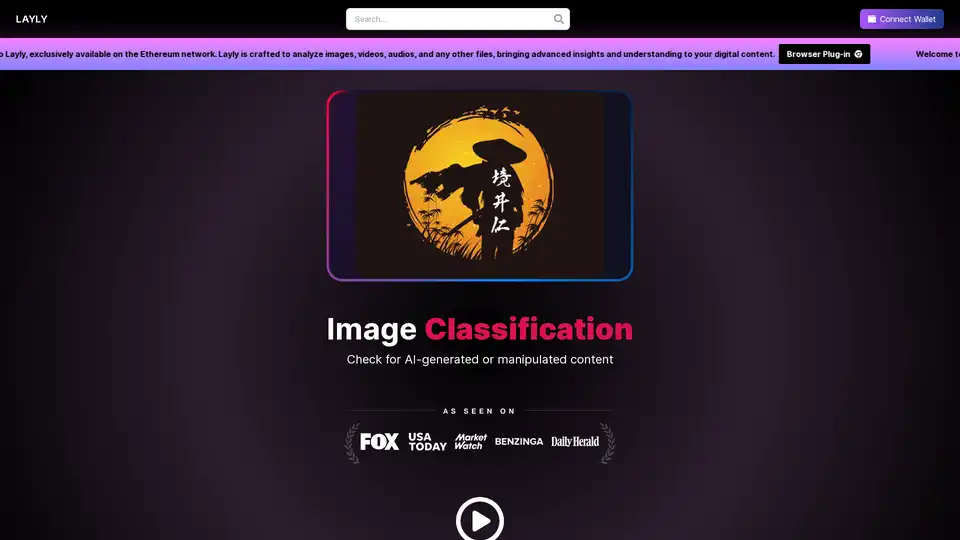
Layly is an AI-powered browser plugin designed to analyze images, videos, and audio files for AI-generated or manipulated content, helping users navigate media with clarity and informed opinions.
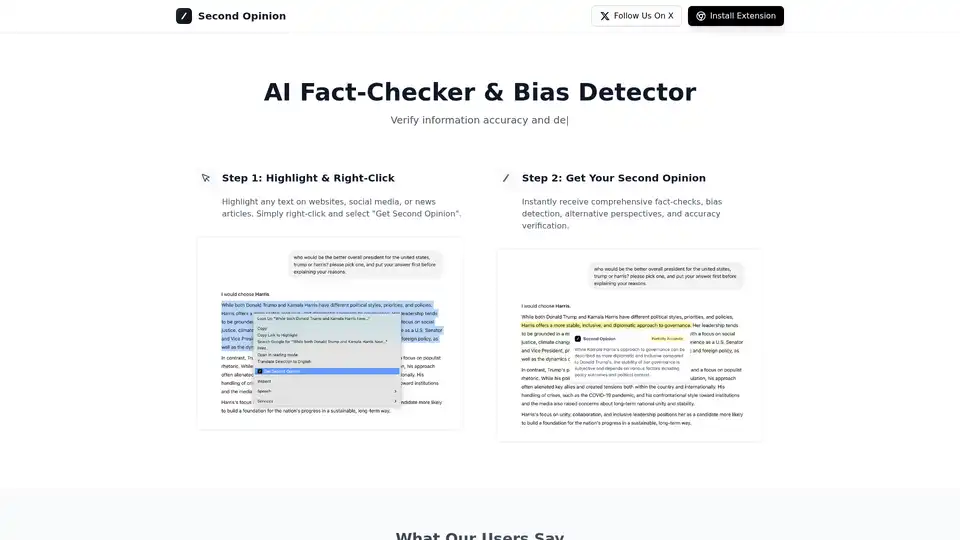
Second Opinion is an AI-powered fact-checking Chrome extension that helps you verify text online and get a second perspective. Check accuracy, compare viewpoints, avoid misinformation, and make more informed decisions while reading articles, browsing social media, or researching topics.
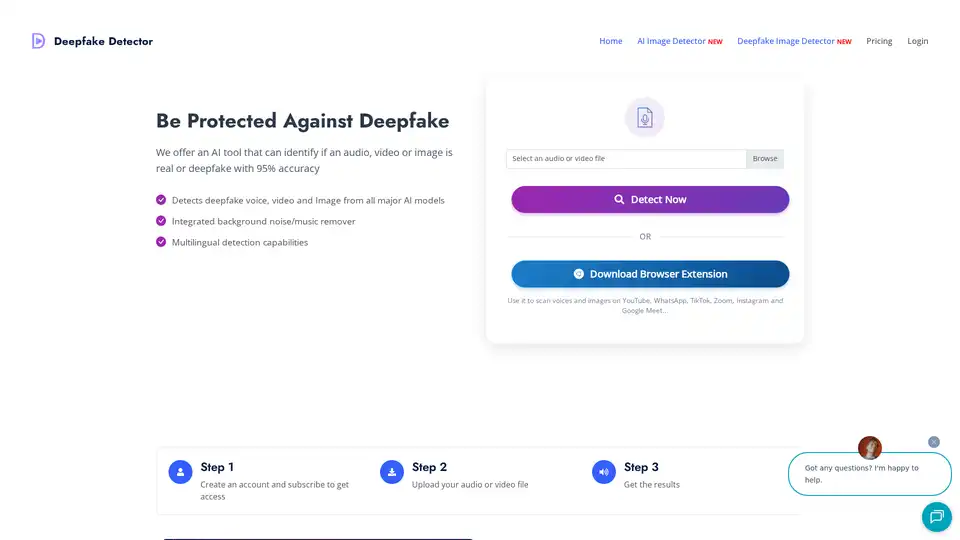
Deepfake Detector is an AI-based tool designed to detect manipulated videos, audios, and images with 95% accuracy. Protect yourself from deepfake scams on platforms like YouTube and WhatsApp by verifying media authenticity quickly.
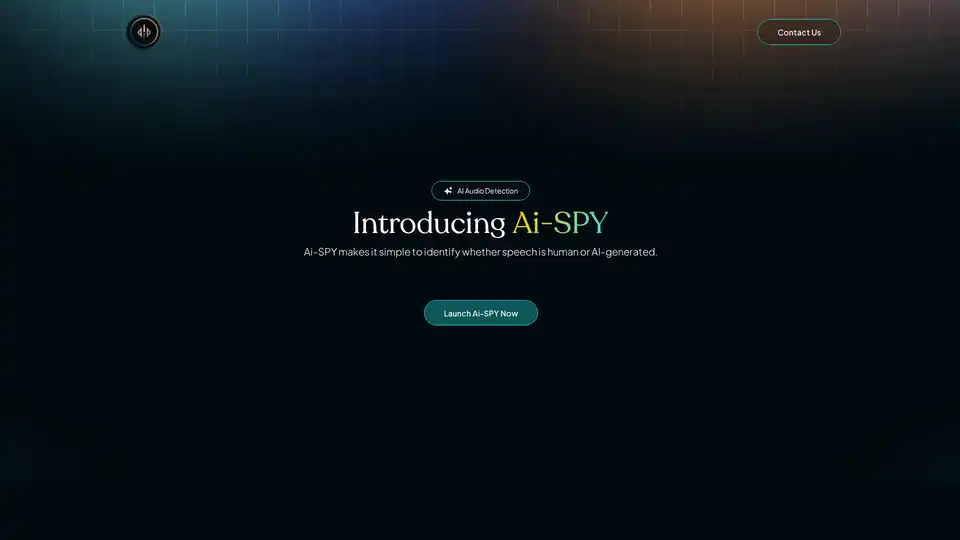
AI-SPY makes it easy to detect whether audio is AI-generated or human-made. Upload MP3 or WAV files for instant analysis, authenticity scores, and expert insights to verify content reliably.
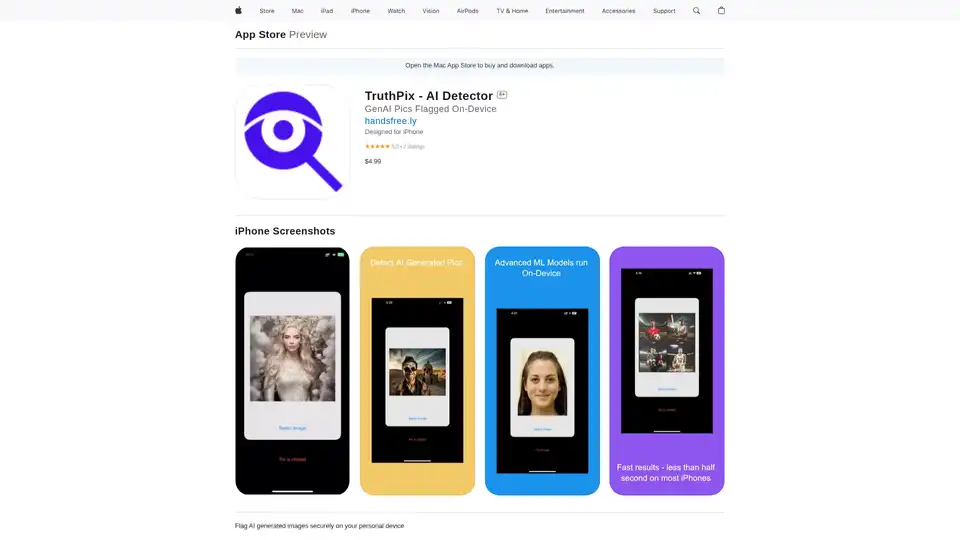
TruthPix is a secure iPhone app that detects AI-generated images and deepfakes on-device, helping combat misinformation in ads, scams, and social media with fast, private analysis.
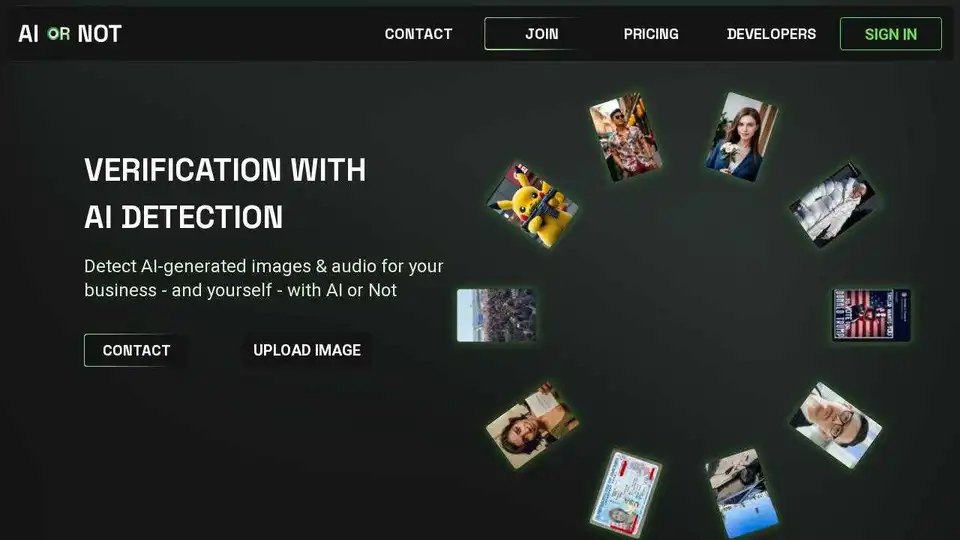
AI or Not is the leading AI detection platform that accurately identifies AI-generated content across text, images, music, and video with 98.9% accuracy, helping businesses and individuals verify digital authenticity.
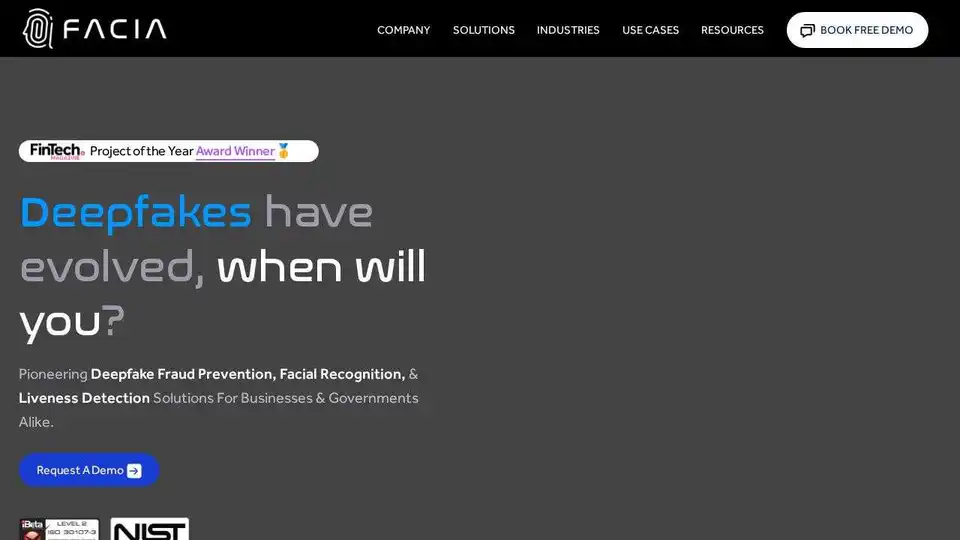
Facia.ai offers AI-powered deepfake and liveness detection solutions, enhancing identity verification and authentication for businesses and governments. Protect against misinformation and identity fraud with industry-leading accuracy.
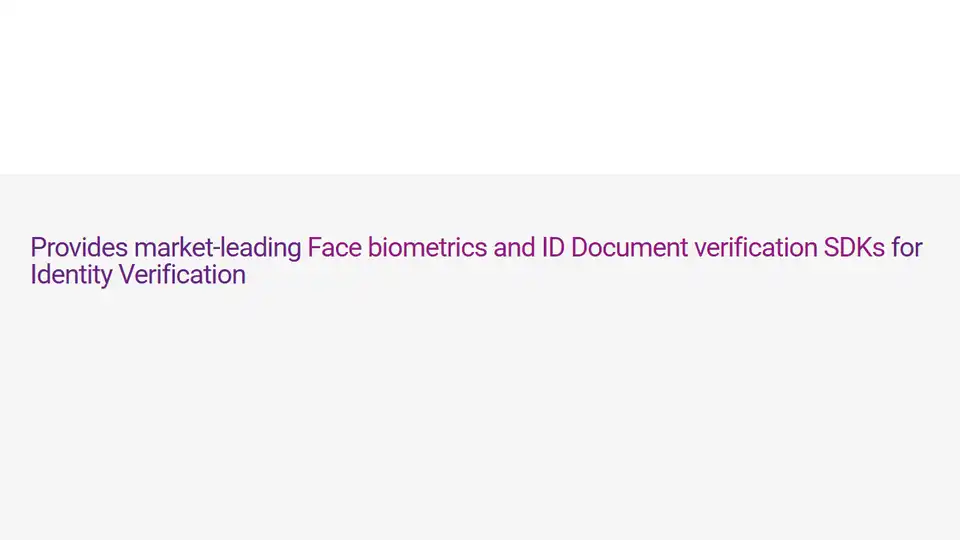
Recognito offers AI-powered face recognition and ID verification solutions. Secure, fast technology to prevent fraud and build trust. NIST FRVT Top 1.
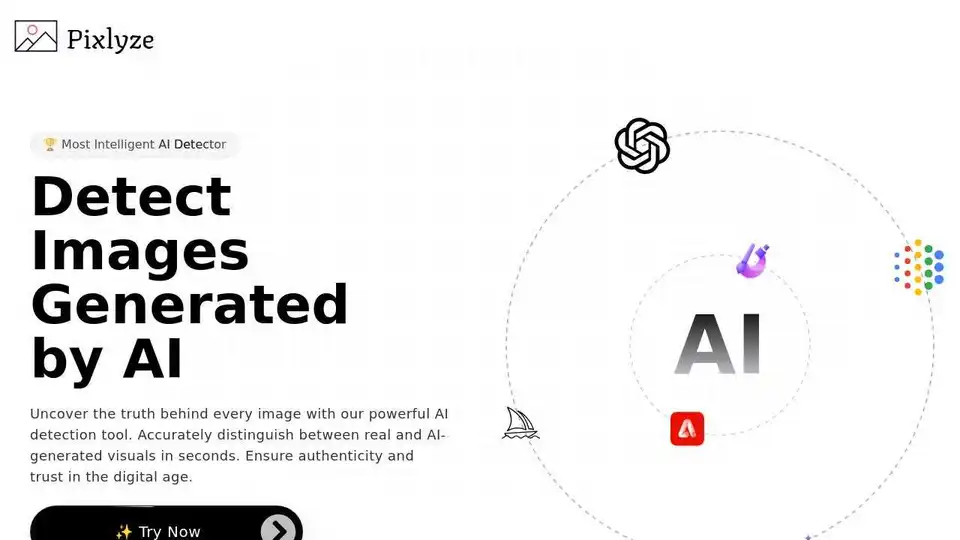
Pixlyze is a powerful AI image detection tool that accurately distinguishes between real and AI-generated visuals, ensuring authenticity and trust in the digital age. Detect deepfakes and AI art with high accuracy.
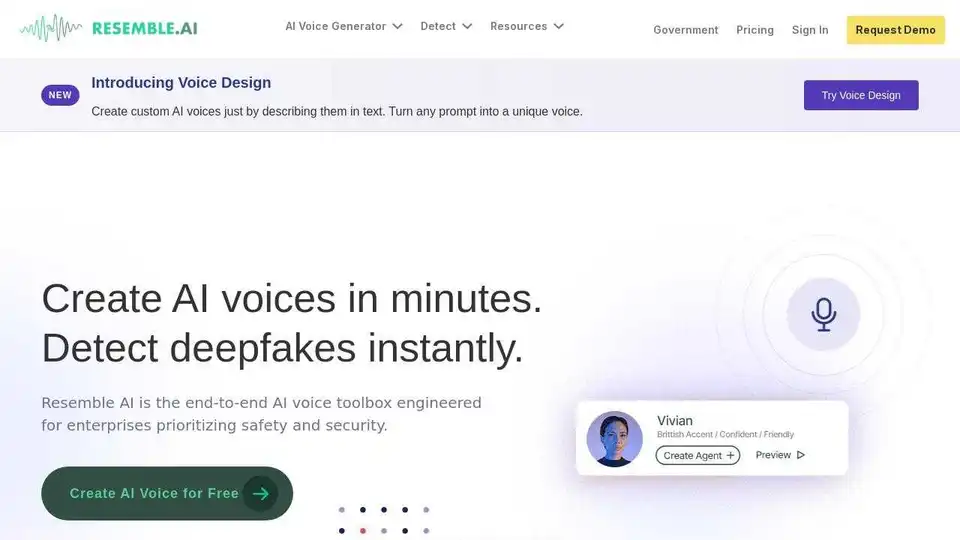
Resemble AI offers enterprise-grade voice AI solutions, including realistic voice cloning, deepfake detection, and AI watermarking. Secure, scalable, and built for production.
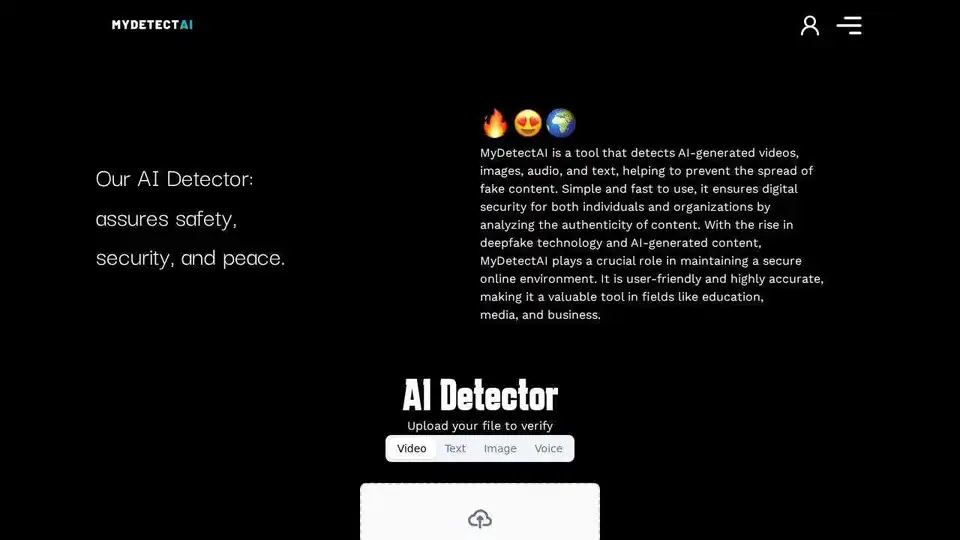
MyDetectAI is an AI detector for videos, images, audio, and text, preventing the spread of fake content. Verify AI-generated content.
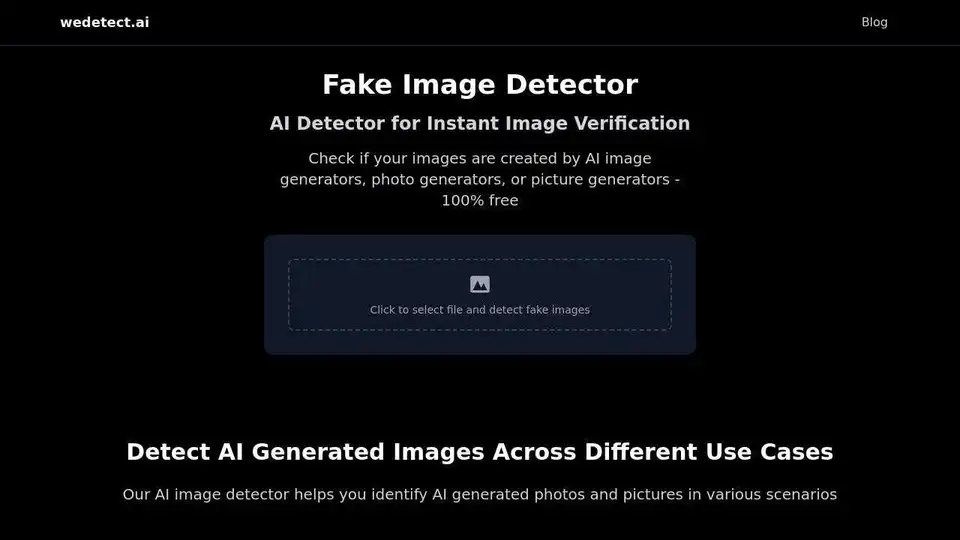
Instantly detect AI-generated images with our AI detector. Ensure image authenticity with real-time results using our free AI image detection tool.
